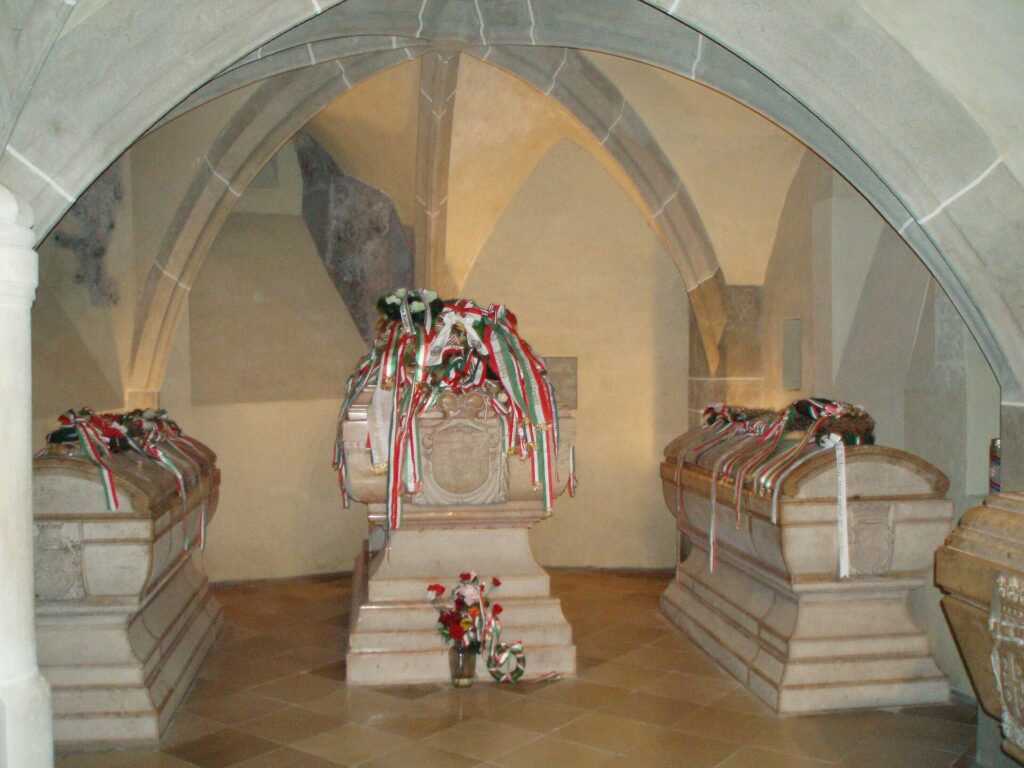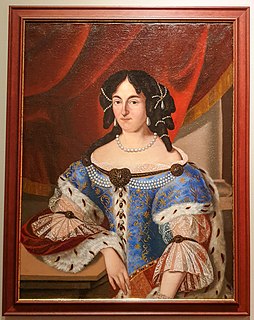The myth of Ilona Zrínyi – Munkács (Mukachevo)
Fact of the Hungarian figure „Home of the Jagellos and the Habsburgs”
Part of the „Legacy of the Jagiellonians and Habsburgs dynasties” topic
Countess Ilona Zrínyi (1649–1703), an influential figure in Hungarian and Croatian history, was born into the prominent Zrínyi family. The daughter of Peter Zrínyi, the Ban of Croatia, she was initially married to Count Ferenc Rákóczi I, and later to Imre Thököly. She is best remembered for her heroic defense of Munkács (Mukachevo) Castle between 1685 and 1688 against Habsburg forces, a pivotal act of resistance in Hungarian history.
Ilona was born on March 20 or 21, 1649, in Podbrest, a rural estate of the Zrínyi family. Her education and upbringing were fitting for a noblewoman of her status, as she became fluent in Hungarian, Croatian, German, and Latin. Her first marriage to Ferenc Rákóczi I aligned her with one of the most powerful noble families in Hungary, and together they had three children, including her son Ferenc Rákóczi II, who would later lead the anti-Habsburg uprising.
Upon her first husband’s death, Ilona managed to retain guardianship over her children and control of the Rákóczi estates, including the strategically significant Munkács Castle. In 1682, she married Imre Thököly, aligning herself with the Kuruc forces opposed to Habsburg rule. When Habsburg forces encircled Munkács in 1685, Zrínyi took command of the fortress, valiantly holding off imperial troops led by General Antonio Caraffa for over two years. Her defense became legendary, symbolizing resilience and patriotism in the face of overwhelming odds.
In January 1688, facing untenable conditions, she finally surrendered the castle. Though forced to relocate to Vienna with her children, she secured a promise from the Habsburgs that her family’s properties would remain intact. Despite this, her children were taken from her, and she lived under effective house arrest at a convent until 1691. After being exchanged for a captured Habsburg officer in 1692, Ilona joined Thököly in exile in the Ottoman Empire, where she spent her remaining years. She passed away in Nikomedia in 1703, but her memory was enshrined in Hungarian history as a paragon of courage and loyalty.
Her story endures as a testament to her loyalty to both family and homeland, and her legacy is celebrated through various commemorations, including educational institutions named in her honor and historical portrayals in literature and art. Her final resting place, alongside her son Ferenc, is in the St. Elizabeth Cathedral in Kassa (Košice), a tribute to her enduring place in Hungarian heritage.







